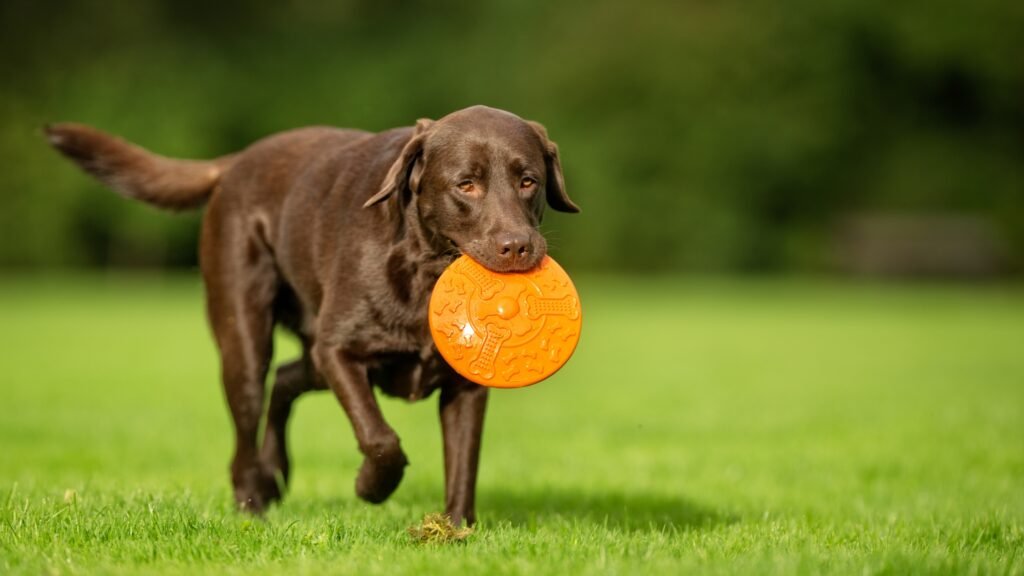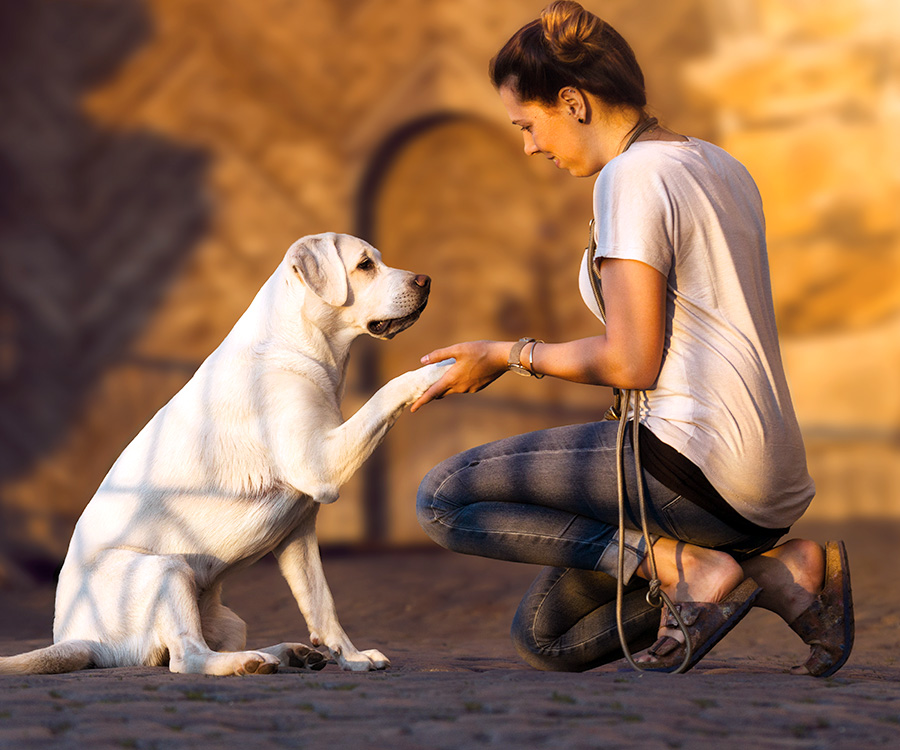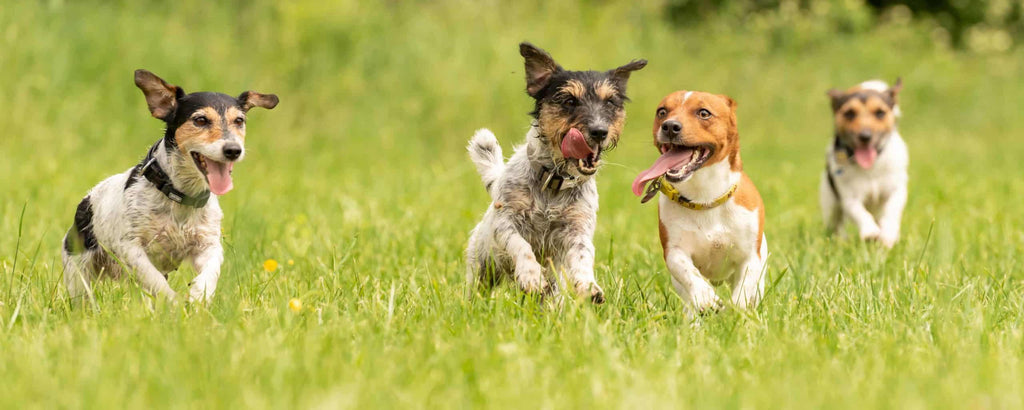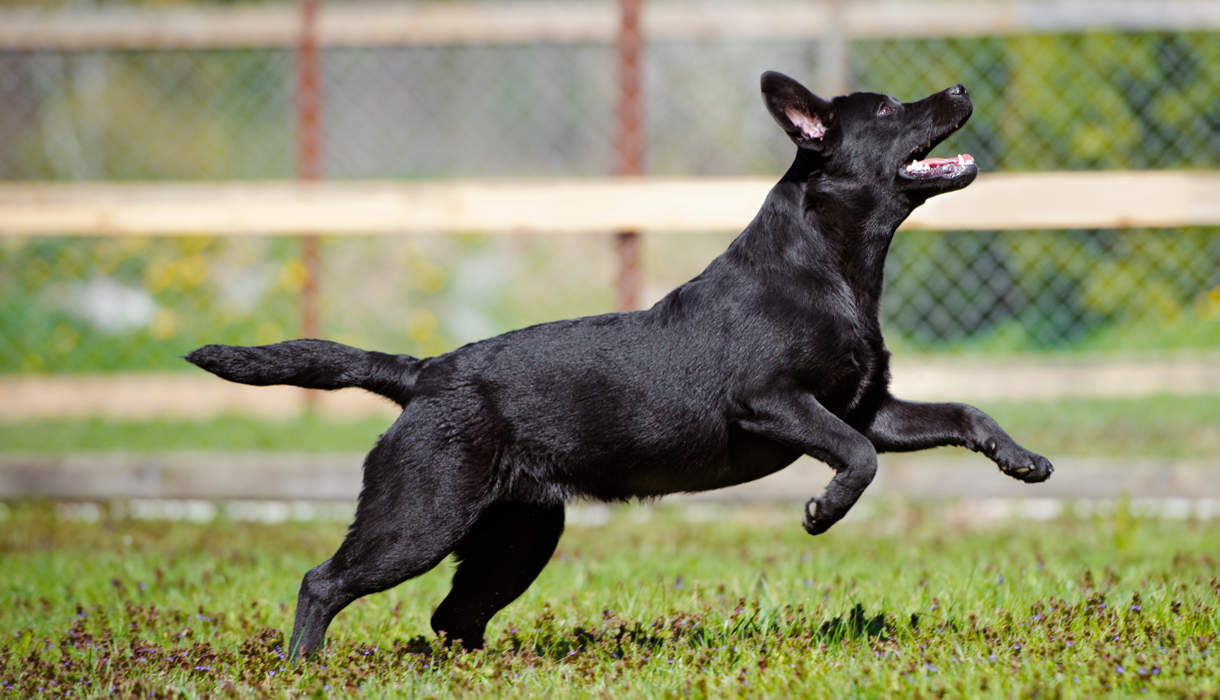






Labrador Retrievers are one of the most popular dog breeds worldwide due to their friendly nature, intelligence, and eagerness to please. However, their high energy levels and enthusiasm can sometimes make training challenging. Proper training ensures your Lab grows into a well-behaved, obedient, and happy companion.
Whether you’re raising a puppy or training an adult Labrador, these Labrador Retriever training tips will help you build a strong foundation for a well-mannered dog.

The best time to start training your Labrador is as soon as you bring them home. Puppies between 8-12 weeks are at an ideal learning stage and can begin with basic commands, potty training, and socialization.
✔ Start with simple commands like “sit,” “stay,” and “come.”
✔ Use positive reinforcement—reward good behavior with treats and praise.
✔ Be consistent with training routines to build habits early.
Tip: Even adult Labradors can learn new tricks, but puppies absorb training faster!
Labradors respond best to positive reinforcement training, which involves rewarding good behavior with treats, praise, or playtime.
✔ Reward immediately after the correct behavior to reinforce it.
✔ Avoid punishment, as it can create fear and confusion.
✔ Keep treats small and healthy to prevent overfeeding.
Tip: Labs are food-driven, so using treats effectively can speed up training progress.
Proper socialization helps prevent fearfulness, aggression, and anxiety as your Lab grows.
✔ Expose them to different environments, people, and other dogs.
✔ Arrange playdates with well-behaved dogs to build confidence.
✔ Introduce new sights and sounds gradually to prevent fear-based reactions.
Tip: A well-socialized Labrador is friendly, confident, and adaptable in different situations.

Labradors are strong and energetic, making leash training essential for safe walks.
✔ Use a no-pull harness to reduce excessive pulling.
✔ Start training indoors before progressing to outdoor walks.
✔ Reward loose-leash walking and stop walking if they pull.
Tip: Never yank the leash—instead, stop and wait until your Lab returns to your side.

Every Labrador should learn essential commands that promote good behavior and safety.
✔ “Sit” – Helps control excitement and prevents jumping.
✔ “Stay” – Keeps your dog in place when needed.
✔ “Come” – Ensures your dog returns when called.
✔ “Leave it” – Stops them from grabbing unsafe items.
Tip: Short, consistent training sessions (10-15 minutes) work best for Labs.
Labradors are fast learners, but they also have a playful and stubborn side. Consistency is key to reinforcing good behavior.
✔ Use the same commands and rewards for clear communication.
✔ Practice training daily, even if it’s just for a few minutes.
✔ Stay patient and positive, as Labs thrive on encouragement.
Tip: If your Lab seems distracted, train in a quiet environment first before adding distractions.

Labs are enthusiastic greeters and often jump up on people out of excitement. While this may seem cute in puppies, it can become a problem as they grow.
✔ Ignore jumping behavior and only reward calm greetings.
✔ Turn away if they jump and wait until all four paws are on the ground.
✔ Teach the “sit” command and reward calm behavior when greeting people.
Tip: Never push your Lab away—this can be mistaken for play and encourage more jumping.
Labradors are high-energy dogs that require at least 1-2 hours of exercise daily. A tired Lab is a well-behaved Lab!
✔ Engage in long walks, running, or swimming to burn off energy.
✔ Provide mental stimulation with puzzle toys and obedience games.
✔ Avoid destructive behavior by ensuring enough daily exercise.
Tip: Labs excel in retrieving games, so use fetch to tire them out!

Crate training helps with housebreaking, preventing destructive behavior, and providing a safe space.
✔ Introduce the crate as a positive place, never a punishment.
✔ Use treats and toys to encourage crate time.
✔ Keep crate time short initially and gradually increase duration.
Tip: A properly crate-trained Lab will see the crate as their safe and comfortable retreat.
Labradors have big appetites and can be food-obsessed, leading to bad habits like begging, food aggression, or eating too fast.
✔ Teach “sit” and “wait” before feeding to encourage calmness.
✔ Use slow feeder bowls to prevent fast eating and choking.
✔ Avoid hand-feeding often, as it can encourage begging.
Tip: Establish a feeding schedule to create routine and prevent overfeeding.
Read Also : 5 Must-Have Toys for Labrador Retrievers: Keep Your Lab Happy and Healthy
Top Labrador Retriever Brushes for Shedding-Free Homes
🚫 Inconsistent commands – Using different words confuses your dog.
🚫 Skipping socialization – Leads to fear or aggression.
🚫 Punishment-based training – Creates fear and stress.
🚫 Not enough exercise – Leads to hyperactivity and destructive behavior.
🚫 Allowing bad habits to develop – Prevention is easier than correction!
Tip: A well-trained Labrador is a joy to live with, so be patient, consistent, and positive!
Labradors are intelligent, affectionate, and eager to please, making them one of the easiest breeds to train with the right approach. By focusing on positive reinforcement, socialization, and consistent commands, you can raise a well-behaved, obedient, and happy Lab.
✔ Start training early to build good habits.
✔ Use positive reinforcement for effective learning.
✔ Prioritize socialization to develop a friendly and confident dog.
✔ Teach leash manners to ensure safe and enjoyable walks.
✔ Provide daily exercise to prevent hyperactivity and destructive behavior.
With patience, consistency, and love, your Labrador will become a loyal, well-mannered companion for years to come!
With consistent training, most Labs learn basic commands in a few weeks, but full obedience training takes several months.
Yes! Labradors are intelligent and eager to please, making them one of the easiest breeds to train.
Ignore jumping, reward calm greetings, and use the “sit” command to prevent excitement-driven jumping.
Labradors need at least 1-2 hours of exercise daily to stay healthy and avoid destructive behavior.




